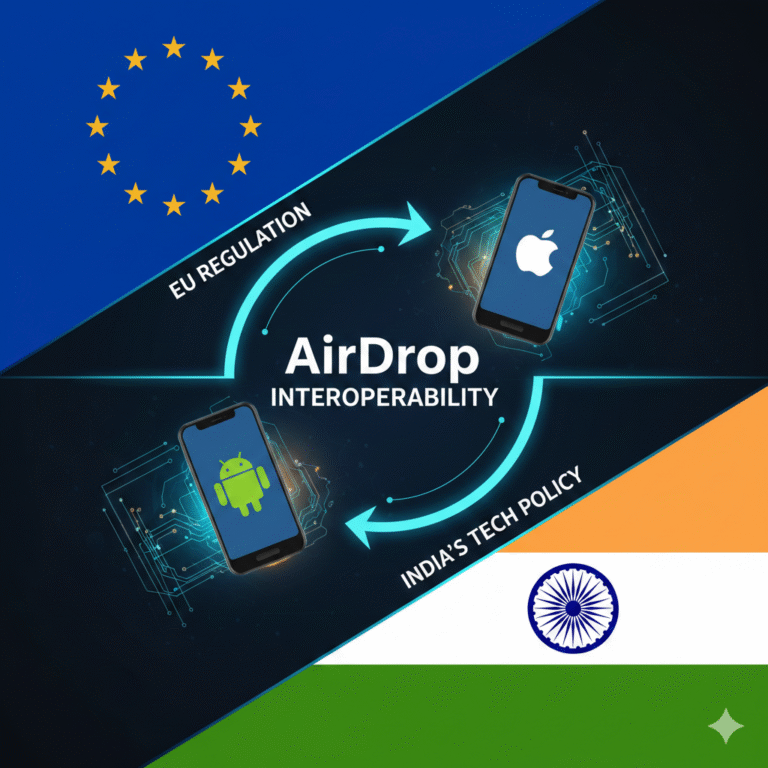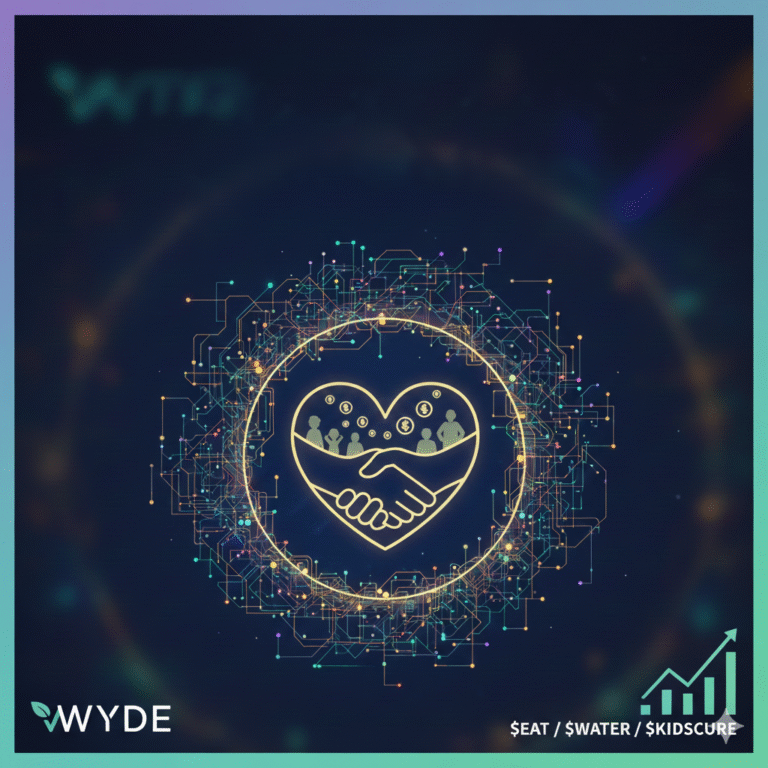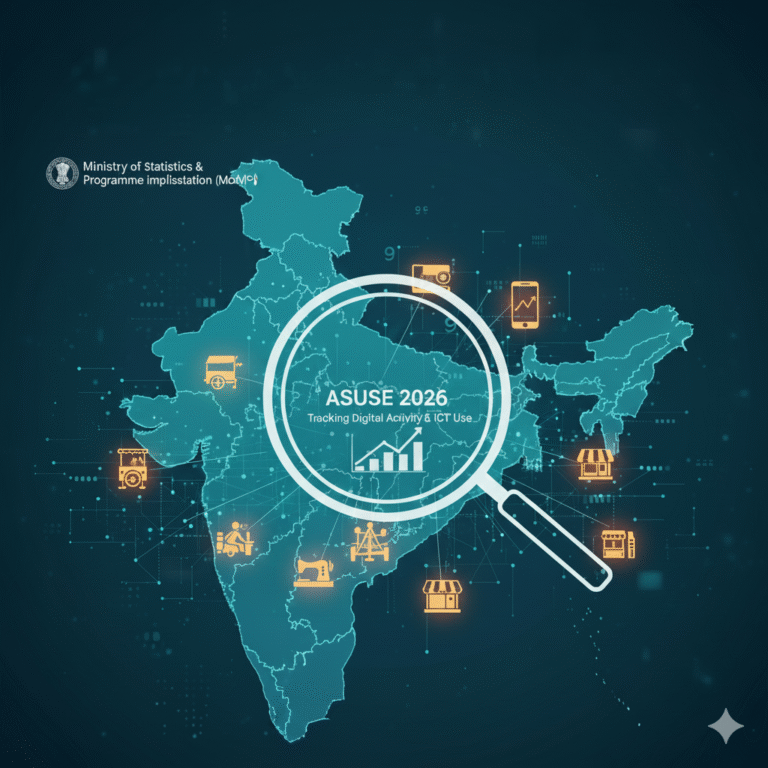The traditional fashion show, with its carefully choreographed runway walks and exclusive guest lists, is evolving. In the digital age, a new frontier has emerged: the virtual fashion show. These immersive experiences, powered by cutting-edge technologies like augmented reality (AR), virtual reality (VR), and 3D modeling, are redefining the way designers showcase their collections and audiences engage with fashion.
Beyond the Runway: The Rise of Virtual Fashion Shows
Virtual fashion shows offer a unique set of advantages:
- Global Accessibility: Unlike physical shows that are limited by location and guest lists, virtual shows can be accessed by audiences worldwide, regardless of their geographical location.
- Enhanced Creativity: Freed from the constraints of a physical runway, designers can experiment with innovative formats, incorporating interactive elements, dynamic lighting, and even fantastical settings.
- Sustainability: Virtual shows can significantly reduce the environmental impact of traditional fashion events, minimizing travel, reducing waste, and limiting carbon emissions.
- Data-Driven Insights: Virtual shows provide valuable data on audience engagement, allowing designers to gain insights into viewer preferences and tailor their collections accordingly.
- Inclusivity: Virtual shows can be designed to be more inclusive, catering to diverse audiences and featuring models of various body shapes, sizes, and ethnicities.
Key Technologies Driving Virtual Fashion Shows
Several technologies are driving the evolution of virtual fashion shows:
- 3D Modeling and Rendering: 3D modeling is used to create realistic digital garments and avatars, while advanced rendering techniques bring these creations to life with stunning visuals.
- AR and VR: AR and VR technologies allow audiences to experience fashion shows in immersive ways, from trying on clothes virtually to exploring virtual showrooms.
- AI and Machine Learning: AI algorithms can be used to personalize the virtual experience, recommending relevant content and creating tailored fashion recommendations for each viewer.
- Blockchain Technology: Blockchain can be used to create unique digital assets, such as NFTs, associated with virtual fashion shows and collections.
Examples of Innovative Virtual Fashion Shows
- Interactive Experiences: Some brands have created interactive virtual shows where viewers can explore virtual worlds, interact with digital avatars, and even customize their own virtual looks.
- Gamified Showrooms: Brands are incorporating gamification elements into their virtual shows, such as scavenger hunts, quizzes, and interactive challenges.
- Live Streaming and Social Media Integration: Many brands are live-streaming their virtual shows on social media platforms, enabling real-time interaction and engagement with their audience.
- Collaboration with Influencers: Virtual shows are increasingly featuring virtual influencers and avatars, expanding the reach and impact of these events.
The Future of Virtual Fashion Shows
The future of virtual fashion shows holds immense potential. As technology continues to evolve, we can expect to see even more immersive and interactive experiences. The integration of1 AI, VR, and AR will further blur the lines between the physical and digital worlds, creating a seamless and personalized experience for fashion enthusiasts.
Conclusion
Virtual fashion shows are redefining the way we experience and engage with fashion. By embracing innovation and leveraging the power of technology, the fashion industry can create immersive and engaging experiences that transcend geographical boundaries and cater to a global audience. As technology continues to evolve, virtual fashion shows will undoubtedly play an increasingly important role in shaping the future of the industry.
Frequently Asked Questions (FAQs)
- What are virtual fashion shows?
- Virtual fashion shows are digital experiences that showcase fashion collections using technologies like AR, VR, and 3D modeling.
- What are the benefits of virtual fashion shows compared to traditional runway shows?
- Global accessibility, enhanced creativity, sustainability, data-driven insights, and inclusivity.
- What technologies are used to create virtual fashion shows?
- 3D modeling and rendering, AR and VR, AI and machine learning, and blockchain technology.
- How can virtual fashion shows be more sustainable than traditional runway shows?
- By minimizing travel, reducing waste, and limiting carbon emissions.
- How can brands use virtual fashion shows to engage with their audience?
- By creating interactive experiences, incorporating gamification elements, and live-streaming shows on social media platforms.
- What is the role of AI in virtual fashion shows?
- AI can be used to personalize the experience, recommend relevant content, and create tailored fashion recommendations.
- What is the future of virtual fashion shows?
- The future holds the potential for even more immersive and interactive experiences, with the integration of AI, VR, and AR.
- How can brands ensure inclusivity in virtual fashion shows?
- By featuring models of various body shapes, sizes, and ethnicities, and creating diverse and inclusive virtual environments.
- What is the impact of virtual fashion shows on the environment?
- Virtual shows can significantly reduce the environmental impact of traditional fashion events.
- How can brands measure the success of their virtual fashion shows?
- By tracking key metrics such as audience engagement, website traffic, and social media reach.
- What is the role of blockchain technology in virtual fashion shows?
- Blockchain can be used to create unique digital assets, such as NFTs, associated with virtual fashion shows and collections.
- How can virtual fashion shows enhance the customer experience?
- By offering immersive and interactive experiences, allowing customers to try on clothes virtually and explore virtual showrooms.
- What are some examples of innovative virtual fashion show formats?
- Interactive experiences, gamified showrooms, live streaming and social media integration, and collaborations with virtual influencers.
- What are the challenges of producing a virtual fashion show?
- Creating high-quality 3D models, ensuring seamless integration of technology, and attracting and engaging a virtual audience.
- How can brands leverage data from virtual fashion shows?
- By analyzing viewer data to gain insights into audience preferences and tailor their collections accordingly.











+ There are no comments
Add yours